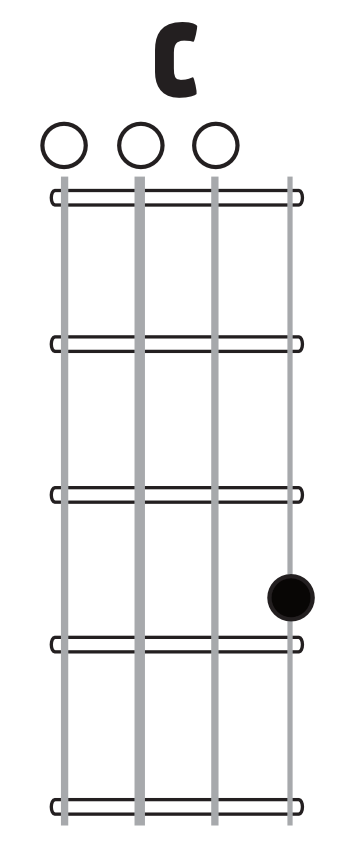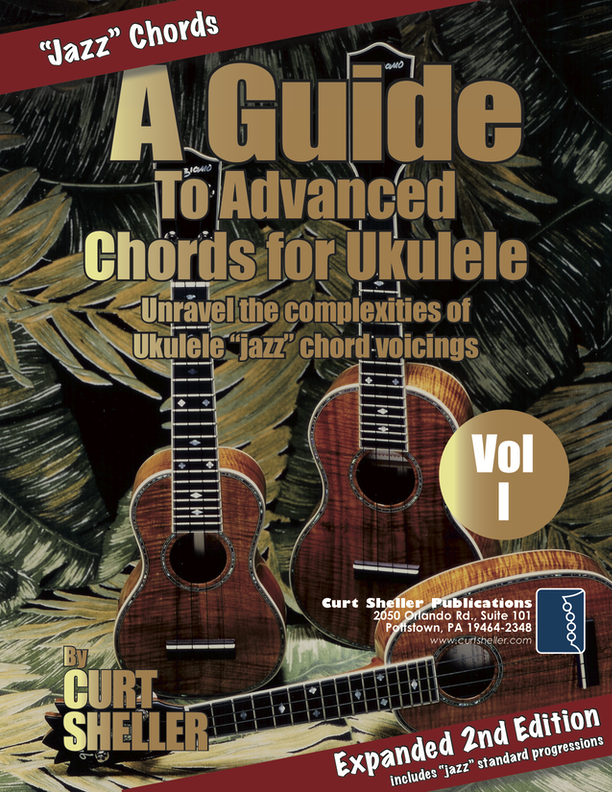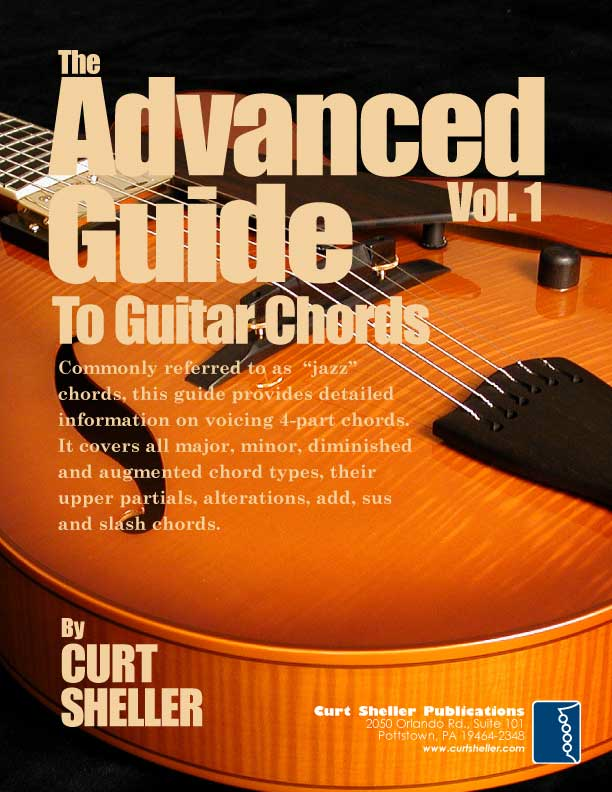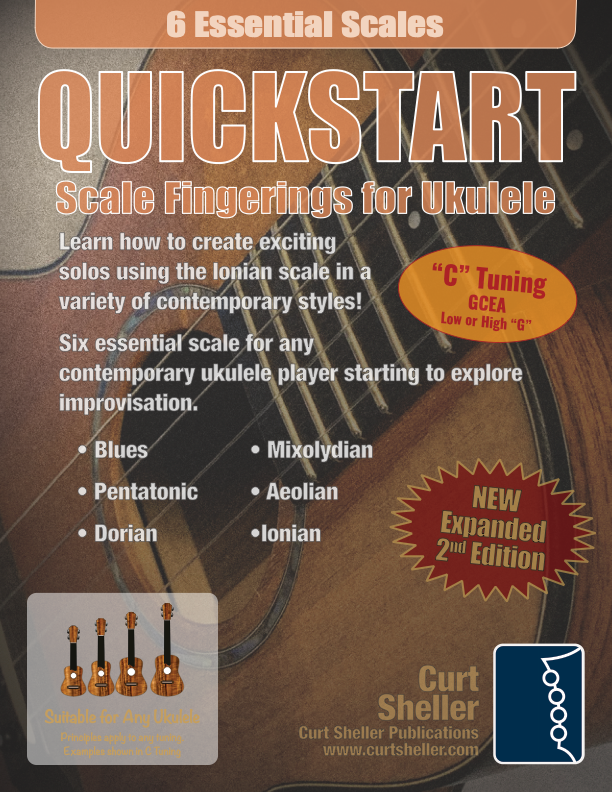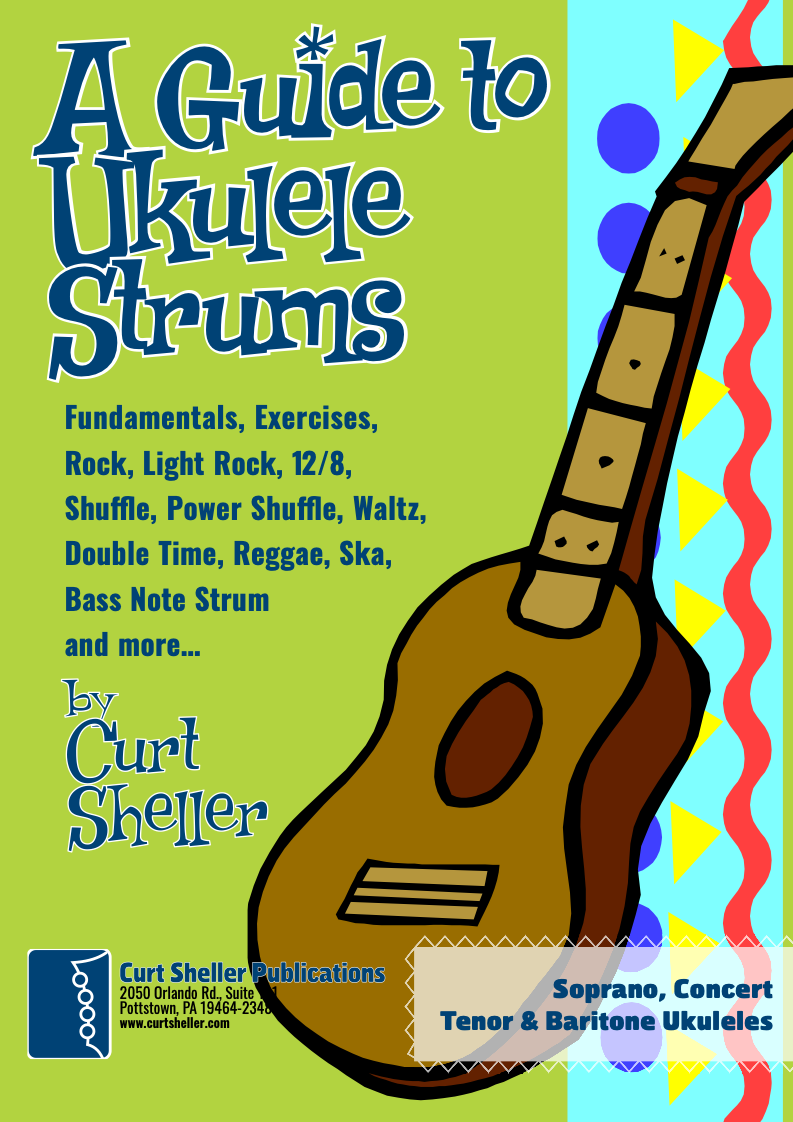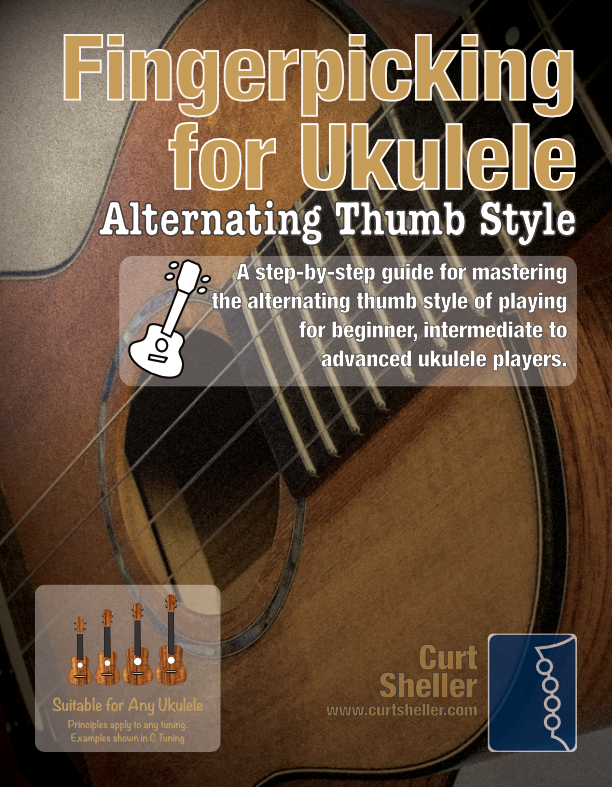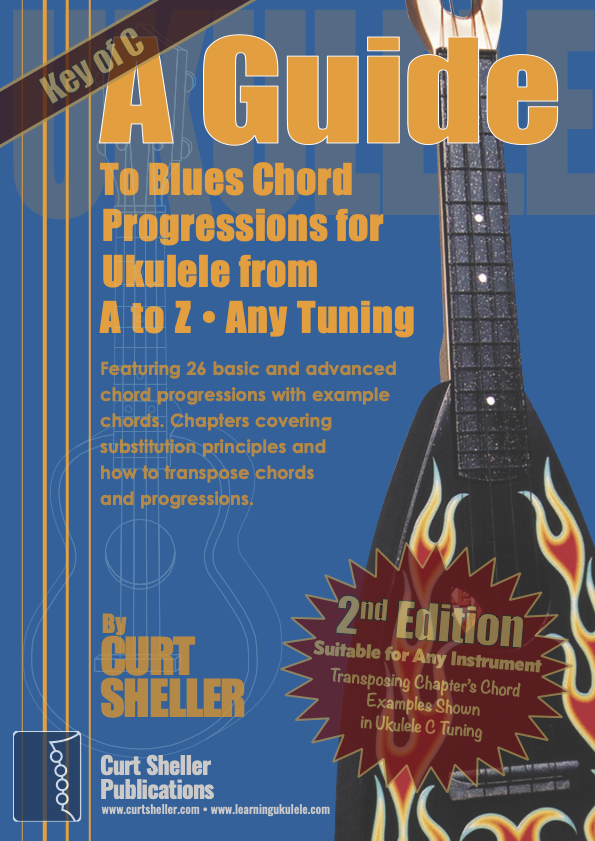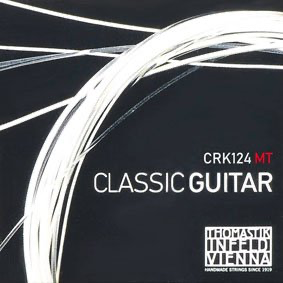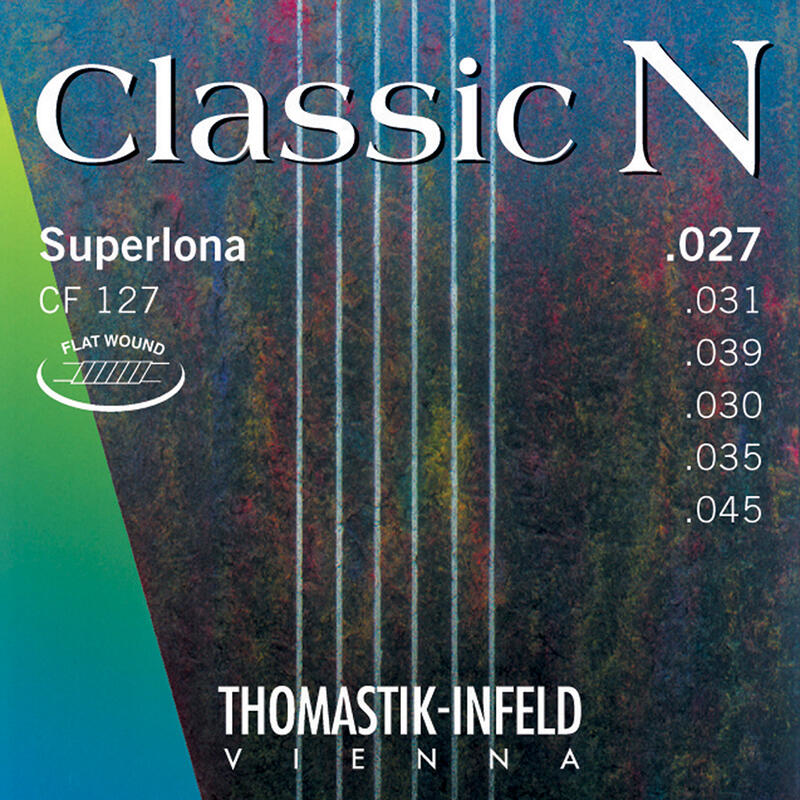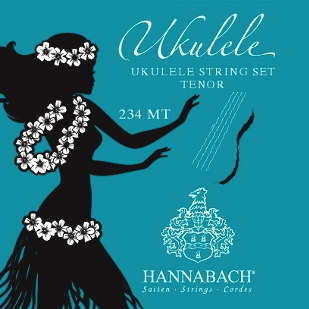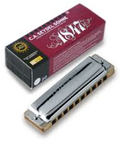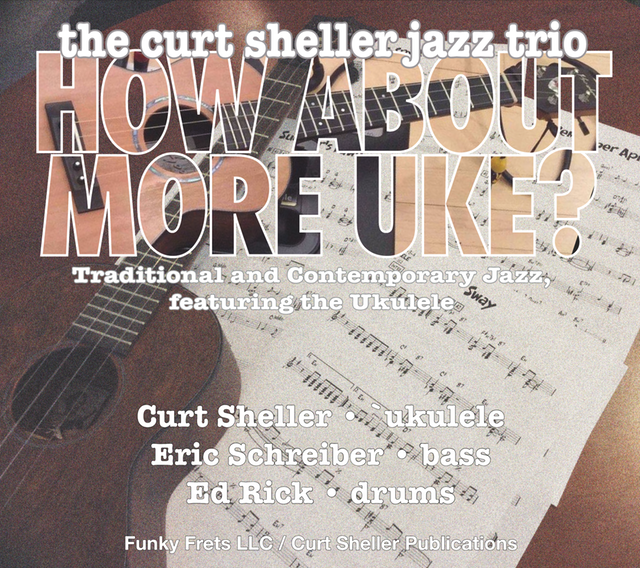Share On Broadway
on:
Bluesky
•
facebook
•
twitter (X)
Harmonic Analysis (RMA) Worksheet for the song: On Broadway.
On Broadway
Released: March 1963
On Broadway "On Broadway" is a song written by Barry Mann and Cynthia Weil in collaboration with the team of Jerry Leiber and Mike Stoller. Weil and Mann were based at Aldon Music, located at 1650 Broadway, New York City, and the song as written by Mann/Weil was originally recorded by the Cookies (although the Crystals' version beat them to release) and featured an upbeat lyric in which the protagonist is still on her way to Broadway and sings "I got to get there soon, or I'll just die." Additionally the melody was in compound time and the backing riff modulated between the root and the minor 2nd. (wikiwand) ·
George Benson's version of On Broadway, from his 1978 album Weekend in L.A., hit #7 on the Billboard Hot 100 and #2 on the soul chart. The George Benson version also has had substantial adult contemporary and smooth jazz radio airplay ever since. It won a Grammy Award for Best R&B Vocal Performance. The song appeared in the films Big Business and American Beauty.
George Benson's performance of the song was used during the opening credits of the 1979 film All That Jazz, which featured dancers on stage auditioning for a musical similar to Chicago. George Benson also performed "On Broadway" with Clifford and The Rhythm Rats for the 1994 Muppet album Kermit Unpigged.
On Broadway in the Mixolydian mode.
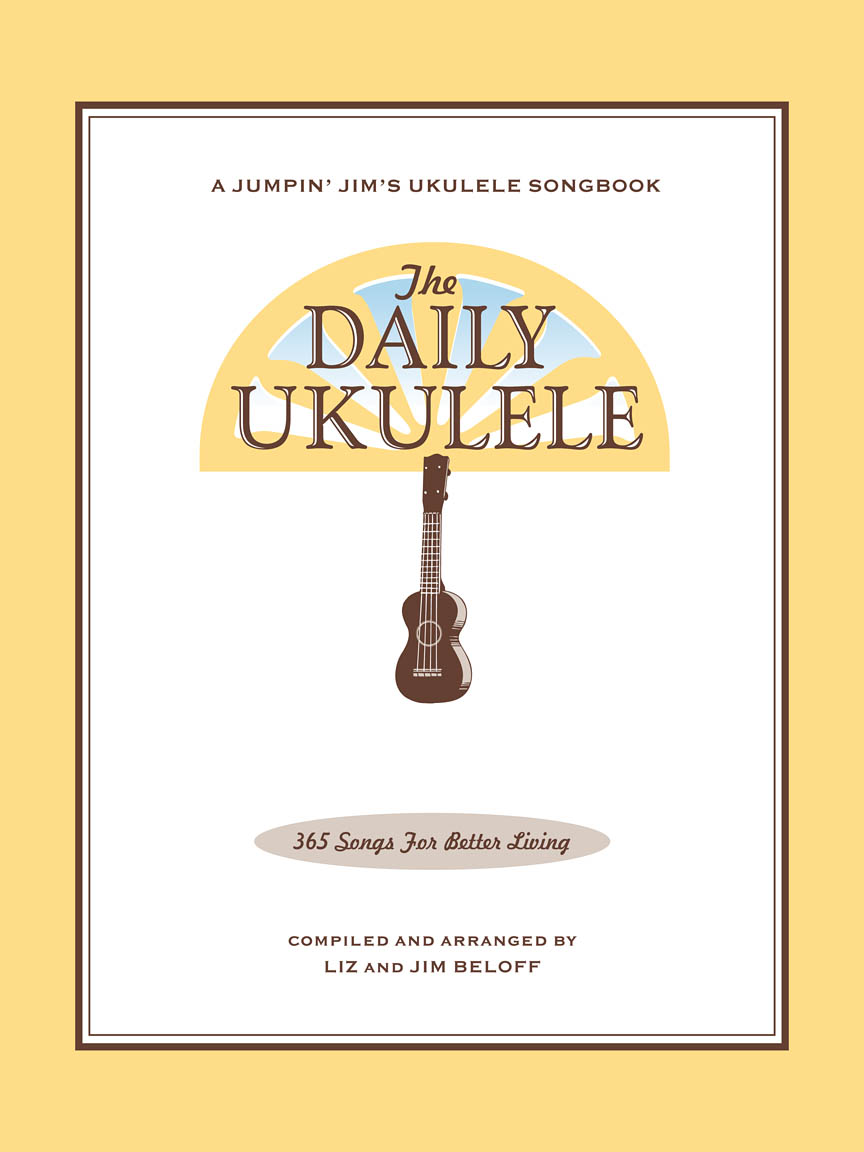
On Broadway is in the The Daily Ukulele
— 365 Songs for Better Living book.
Strum a different song every day with easy arrangements of 365 of your favorite songs in one big songbook! The Daily Ukulele features ukulele arrangements with melody, lyrics and uke chord grids and are in ukulele-friendly keys that are particularly suited for groups of one to one hundred to play and sing.
Theses and many other chords are covered in the Learn A Chord A Day series of lessons.





INTERVALS: Root=note that begins a scale of the starting key; C is C, D is D, Am is a, Em is E, etc... m=minor; M=Major; P=Perfect; D=Diminished; A=Augmented. • ↑ is up/ascending; ↓ is down/descending;
Visit the Harmonic Analysis for Scale and Chord Selection series of lessons for information on creating a your own Harmonic Analysis Worksheet
A re-harmonization, in Red can be simple, sticking pretty close to the original composer's intentions or complex and a whole new set of chord changes.
On Broad is a I VII a D C in D Mixolydian: D (I) Em F#dim G Am Bm C (VII). With a modulation to a I VII a G F in G Mixolydian. A bit os an A A B A for. With the V of I a A to D getting is back to D Mixolydian.
Vamp

In George Benson's version he often modulates up after each AABA. The LearningUkulele.com Premium Play along does that as well.
D Mixolydian: D Mixolydian
D Mixolydian shares the key signature of A Major. Repeat the above Line 1, then Modulate to G Mixolydian
G Mixolydian: G Mixolydian
A Mix
Then back to the A section (line 1). Actually a pretty simple song.
A Harmonic Analysis (RMA/HA) and its worksheet are intended to show the function of the chords, the harmonic principles used, the keys and tonalities the song explores. And, can be used for scale selections and chord and scale substitutions.
<
NOTE: A Harmonic Analysis Worksheet is NOT intended to be a lead leadsheet.
Minimal roadmap information such as repeats, fines, D.S., D.C., and codas has been used in preparing the worksheets to somewhat mirror the leadsheet in the Daily Ukulele book.
The worksheets will show 1st, 2nd Ending, turnbacks, etc. as in indicated the Yellow Book
. You should start to recognize that 1st endings typically always return to a previous verse or an 

If turnback chords are not indicated for the these 1st and 2nd endings in the original Yellow Book leadsheet recommended chord(s) will indicated in parentheses or as an alternate harmony in Red . Typically the last measures or turnbacks will be a chord that resolves to and harmonically leads you to the next section or turning you back to the same section. Typically a V or direct substitution of that next chord.
This is the key of the source leadsheet.
- On Broadway is in 4/4, Common Time and the Key of D .
These are the harmonic principles used in On Broadway.
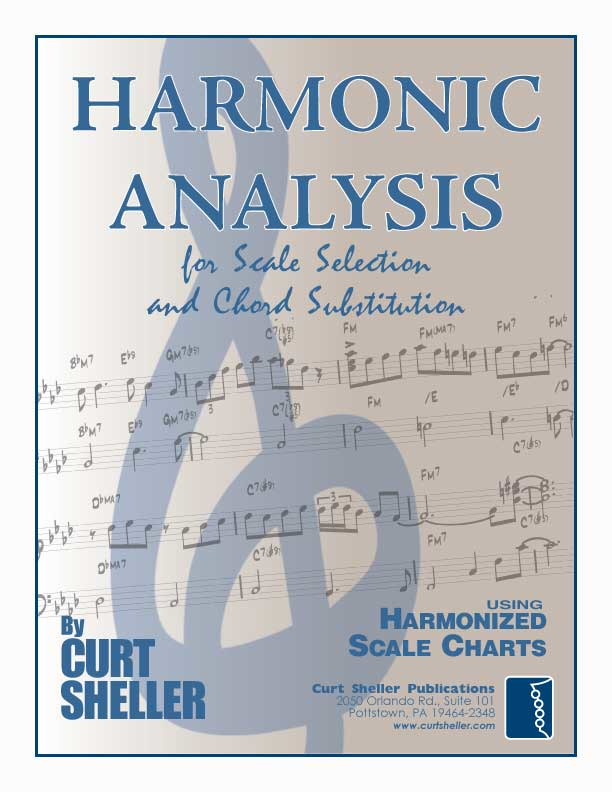
Nashville Numbering System always uses four bars/measures per line, no bar lines, and default is each number of the number of beats per bar/measure based on the time signature. If multiple chords in same bar then they are underlined. It can be as simple as convert the Roman Numerals above to Arabic number.
At its simplest you simply replace the roman numbers with aberic numbers. e.g., I becomes 1 , II becomes 2 , etc. The only exception is the bVII7 chord becomes 7 as this borrowed chord from the Mixolydian tonality is so common and the VII (half-diminished seventh) in a major chord is so rare (actually never).
Check the definitive book Nashville Number System
Once a Harmonic Analysis has been completed then scale selections can be made. These scale selections can be either vertical and horizontal choices. And, really only needed if you are going to take a solo or embellish the melody with added notes.
Traditional Scales:
Maj: Major (Ionian),
Dim: Diminished,
WT: Whole Tone,
Har Min: Harmonic Minor,
Contemporary Scales:
Minor Pent: Minor Pentatonic,
Pent: Major Pentatonic,
Blues,
Scale/Mode Names:
Ion: Ionian (Major),
Dor: Dorian (Minor),
Phrygian: Phrygian,
Lyd: Lydian,
Mix: Mixolydian (Dominant),
Aeol: Aeolian (Natural Minor),
Loc: Locrian
Checkout LESSONSeries : Harmonic Analysis for Scale and Chord Selection or download the Harmonic Analysis for Scale and Chord Selection book. And the QuickStart Series of Scale and Arpeggio books.


Vamp

Listen to the LearningUkulele.com On Broadway Premium Play-along track to pickup the Montuno/Vamp feel.
Sign-IN — it's FREE — to view, un-blur any additional content for this lesson.
Related Lessons, Videos, Lesson Series, Songs, Books & Reference Charts, Resources & Assets, Workshops are below.
Related Lessons
On Broadway.
Related Lesson Series
On Broadway.

Harmonic Analysis for Scale and Chord Selection
Harmonic Analysis (HA), also known as the study of chord relationships, is the method used to identify the harmonic role of chords within a chord progression or song. A chord progression refers to a sequence of chords, with each chord having a root note and belonging to a specific chord type. The function of a chord within a particular scale's tonality is determined by its relationship to that scale.
Related Songs
On Broadway.
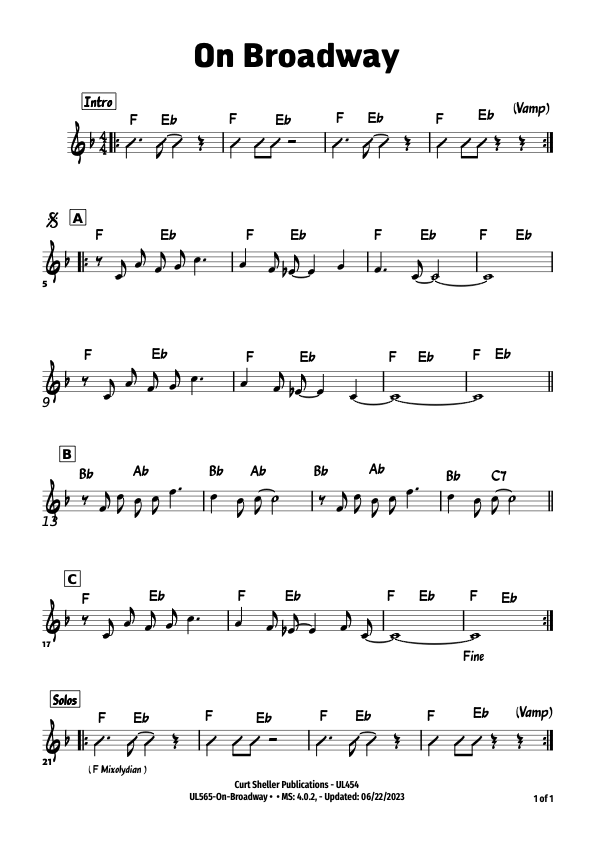
On Broadway
"On Broadway" is a song written by Barry Mann and Cynthia Weil in collaboration with the team of Jerry Leiber and Mike Stoller. Weil and Mann were based at Aldon Music, located at 1650 Broadway, New York City, and the song as written by Mann/Weil was originally recorded by the Cookies (although the Crystals' version beat them to release) and featured an upbeat lyric in which the protagonist is still on her way to Broadway and sings "I got to get there soon, or I'll just die." Additionally the melody was in compound time and the backing riff modulated between the root and the minor 2nd.
Related Books & Charts
On Broadway.

Harmonic Analysis for Scale Selection and Chord Substitution
Harmonic Analysis is the understanding of the functional sequence of chords. It is the process used to analyze the harmonic structure of a progression, song or composition. This analysis is then used to make scale selections for improvisation and chord substitution.

The Daily Ukulele
Strum a different song every day with easy arrangements of 365 of your favorite songs in one big songbook! The Daily Ukulele features ukulele arrangements with melody, lyrics and uke chord grids and are in ukulele-friendly keys that are particularly suited for groups of one to one hundred to play and sing.



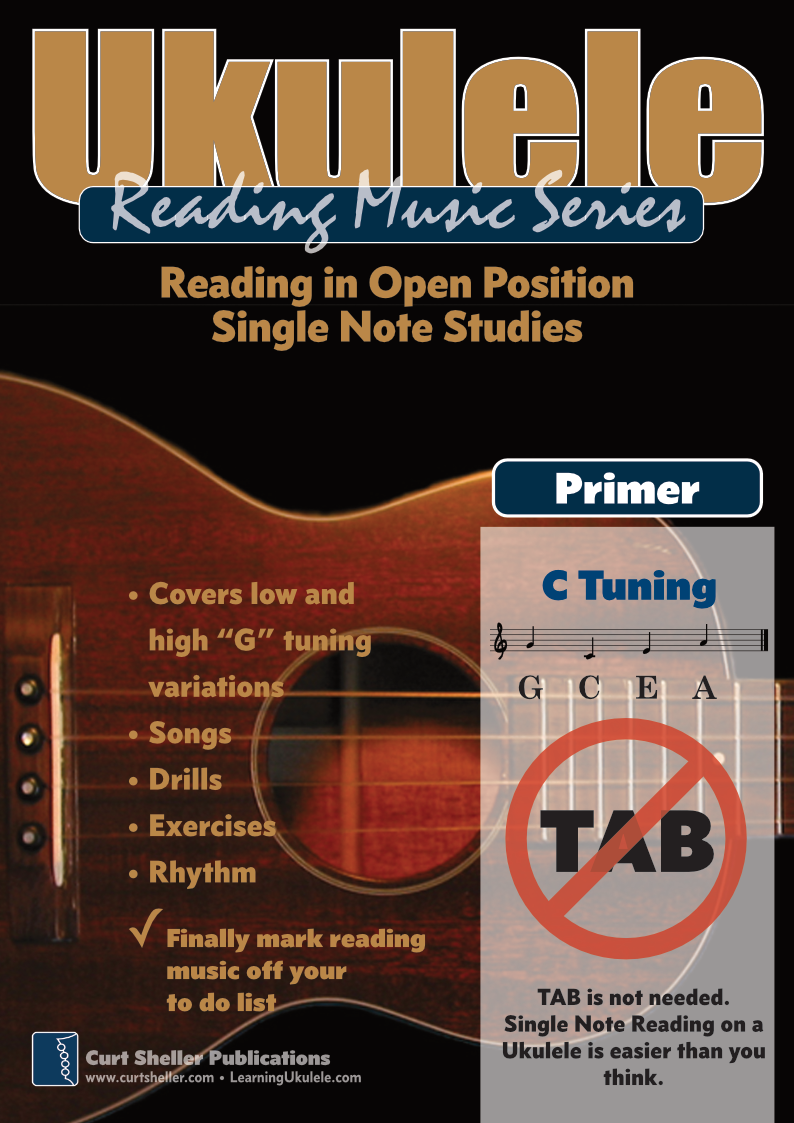
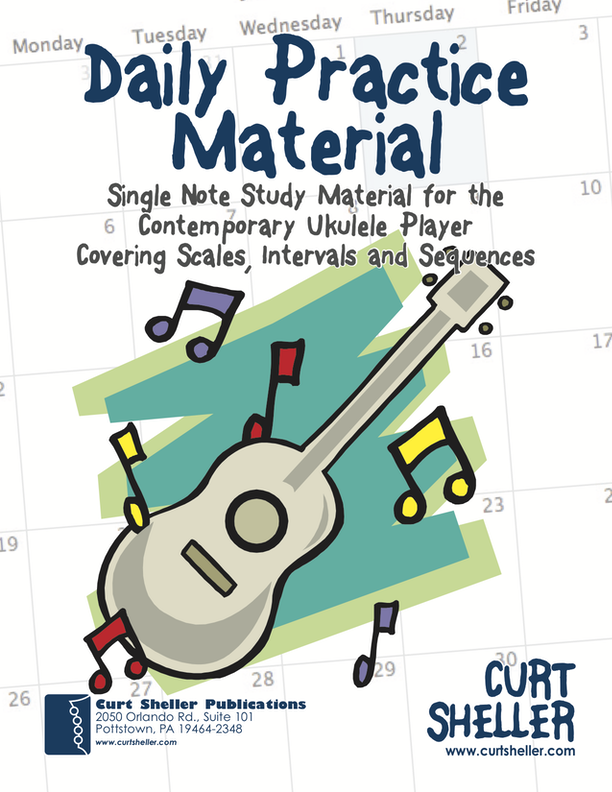
Checkout the Books for additional Handy, Dandy Reference Charts.
Reference Charts
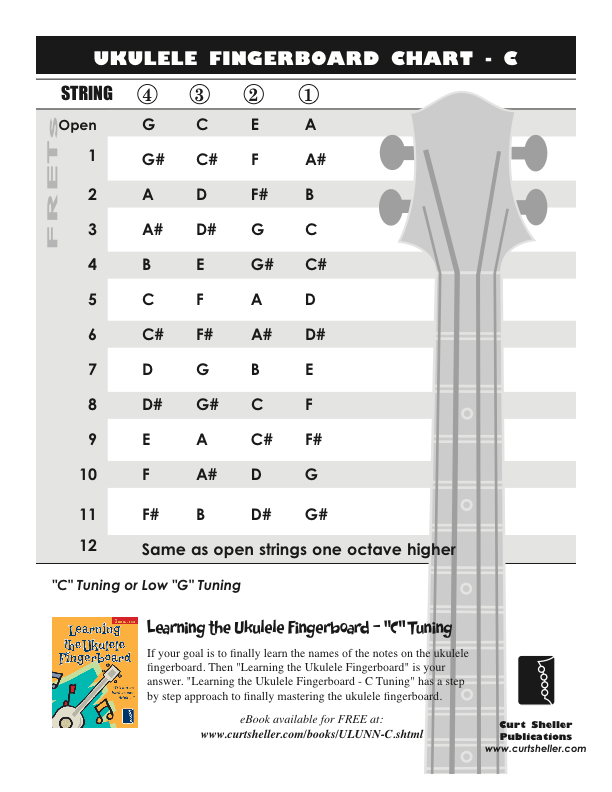
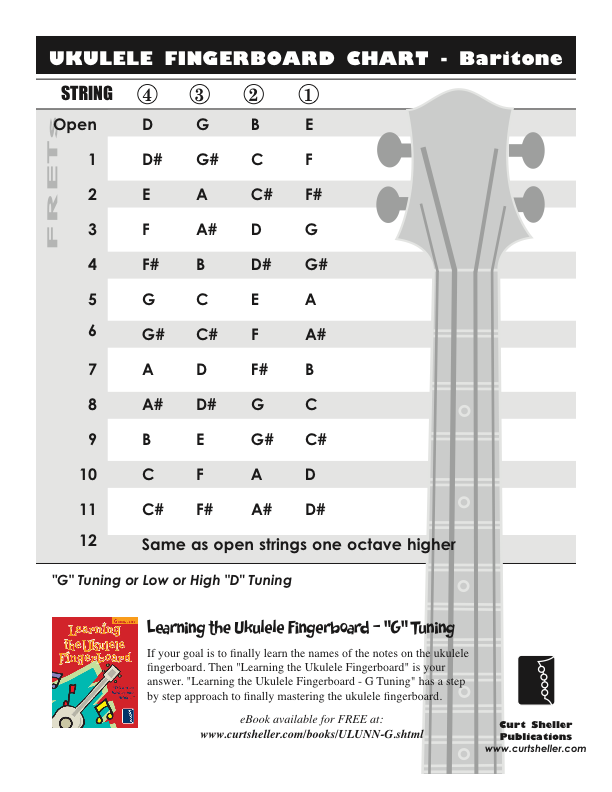
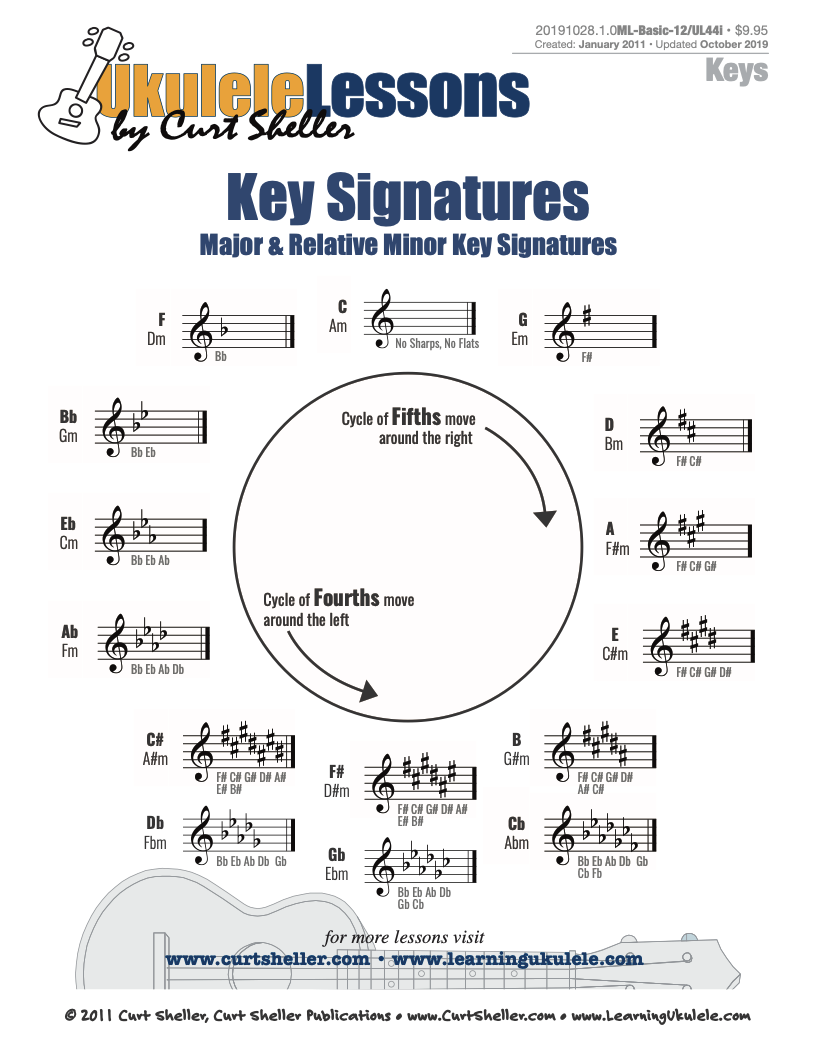
A handy reference chart of all 15 major and relative minor key signatures. US Letter 8.5 x 11 sized (ANSI-A), A4
Checkout the Books for additional Handy, Dandy Reference Charts.
